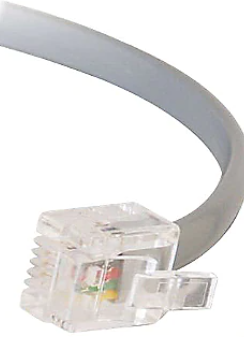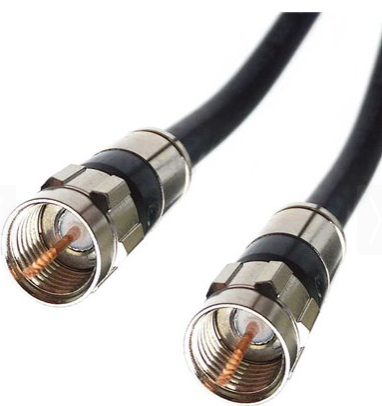Today we enjoy the benefits of having many communication systems at our disposal. However, this all traces back to the first method of telecommunications which came through the discovery of radio waves and the invention of the telegraph. These discoveries and inventions eventually led to the telephone.
Telegraphs used copper wires to transmit high currents of electricity but at low voltages, which would allow messages to be transmitted from one location to another. Because of this new way of communicating, copper wire quickly took hold and started being deployed all over the world to help create the earliest version of electrical communication. During this time radio wave transmission was being worked on and set up for radio wave communication.
The telephone lines we see today do not carry the high currents that were used for the early telegraph cables. They now carry low voltage and low current signals. These cables still run along utility poles in many places around the world. However, today there are more cables and different types including, twisted pair cables, fiber optic cables, and coaxial cables to name a few.
Twisted pair cables have been used for many years, but are being phased out by the communications industry. Coaxial cables used mostly by the cable tv industry are still being deployed in distribution and drops to the home, but this is a mature product whose days are also numbered. Fiber optic cables are the future of the communications industry. These cables are being aggressively deployed because they are capable of providing the necessary bandwidth to meet today's demands, as well as in the future.
Communication cables today are all around us. Here are some common cables you might see at your office or in your home:
- Telephone wire which uses strands of copper wire twisted together in pairs of two (flat-looking cable only used for telephones, fax machines, and some modems).
- These cables are usually grey and use "RJ-11" connectors (or the less common RJ-12, RJ-14, and RJ-25) to plug into phones and wall jacks.
- Network cables/ethernet cables (can be either CAT5, CAT5e, or CAT6 cables - short for category cables) are slightly larger than telephone cables as they have more wires running through them to accommodate more bandwidth.
- These cables are usually blue and use RJ45 connectors to plug into a phone, computers, servers, and many other network devices.
- Coaxial cables transmit telephone services over radio frequency (RF) signals which utilize copper wire as well. Television programming brought rise to COAX cables as they allow for greater bandwidth which can be used for broadband internet connection and cable modems. This industry of COAX cabling is often referred to as CATV (cable television) & Satellite, or VDV (voice data video).
- Types of COAX cables are RG-6, RG-11, RG-59, and hardline, flexible, rigid, and other various versions.
- These cables utilize RG6, RG11, RG59, BNC, RCA, or F connectors (and many other style connectors depending on the application).

Telephone Wire w/ RJ11 Connector

Although you may not see it, all of these telecom cables utilize copper wire to facilitate communication. The copper is covered in protective layers and cable jackets so that it can be run underground, throughout buildings, and across power lines (aerial cables) safely.
Check out our tools for all your copper cabling needs!